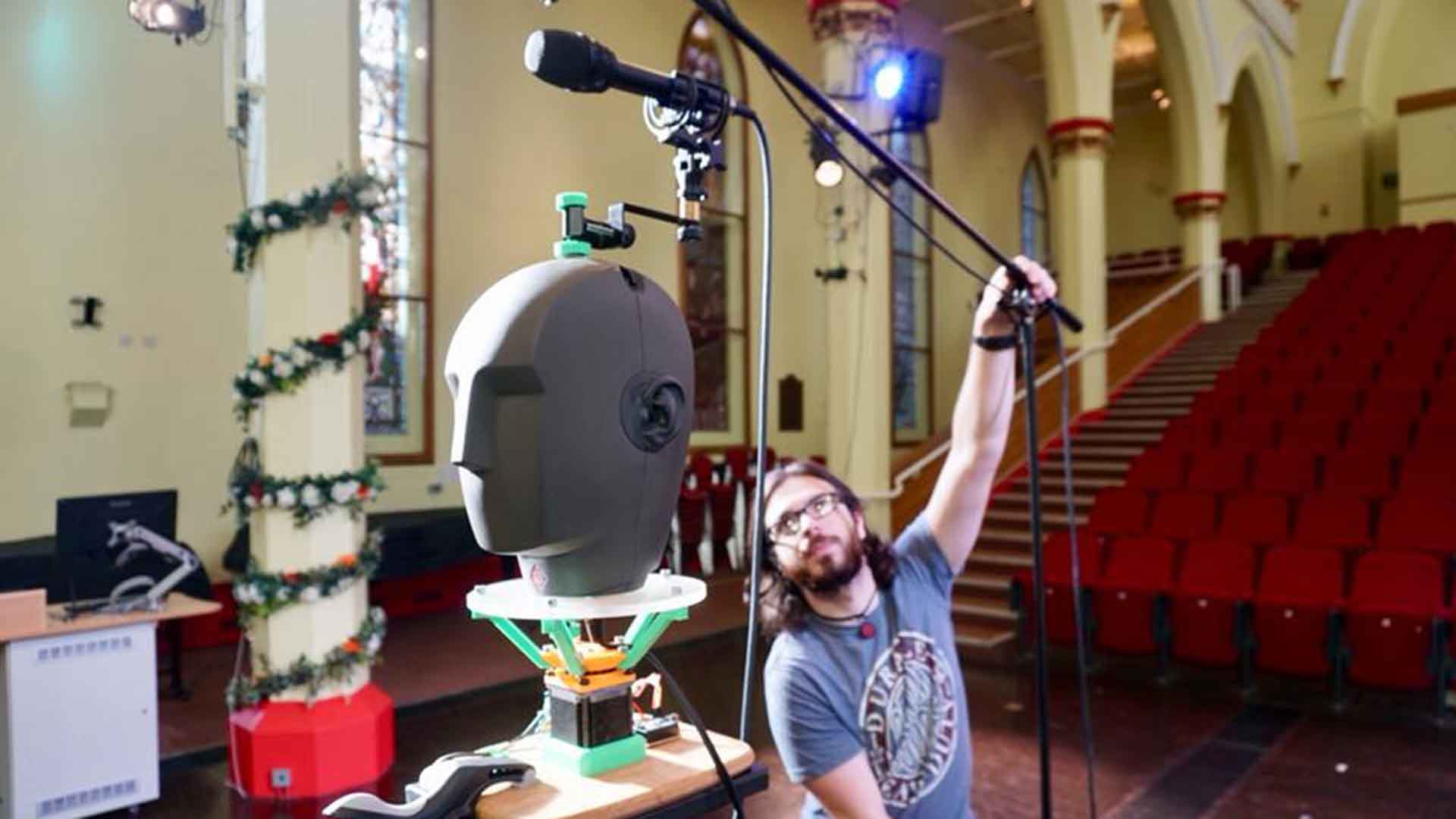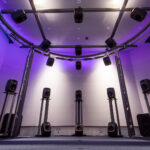Dummy heads are used to measure headphones against a target curve. The target curve as I understand it was derived from measuring dummy head response of a good speaker in a good room. So why not measure room / speaker response using a dummy head and once again shoot for the good target response at the ear?
I'm thinking of this becasue it's been my experience that sometimes over-deadened rooms can be magically brought back to life with some eq in the mids and highs. It's hard to know what to do though, making it hit and miss becaue the equation of what's happening to the ear cannot be measured with a standard microphone. We need a microphone that will show the response our ear will have to the total of sounds hitting from all directions in that particular space with those particular speakers and acoustic treatments. If we can adjust for absorption effects it could open up a lot of options perhaps to maximize imagining and clarity without adversly affecting tonal perception, or just make the most of a difficult set of speakers and room.
The last system I heard that surprised me was a big pair of Dunlavy speakers in a very heavily damped room. I was expecting it to sound like over damped rooms sound but it didn't at all. It was very bright and clear so I suspect that possibilities might be there that just need some clear method of measuring to attain reliably. I was thinking about getting some simple in-ear microphones to start and EQing my system to give a good target response. I don't know how good those are for that purpose, or how much I need to spend to get a decent set.
Any thoughts or experience with this sort of thing would be highly appreciated.
I'm thinking of this becasue it's been my experience that sometimes over-deadened rooms can be magically brought back to life with some eq in the mids and highs. It's hard to know what to do though, making it hit and miss becaue the equation of what's happening to the ear cannot be measured with a standard microphone. We need a microphone that will show the response our ear will have to the total of sounds hitting from all directions in that particular space with those particular speakers and acoustic treatments. If we can adjust for absorption effects it could open up a lot of options perhaps to maximize imagining and clarity without adversly affecting tonal perception, or just make the most of a difficult set of speakers and room.
The last system I heard that surprised me was a big pair of Dunlavy speakers in a very heavily damped room. I was expecting it to sound like over damped rooms sound but it didn't at all. It was very bright and clear so I suspect that possibilities might be there that just need some clear method of measuring to attain reliably. I was thinking about getting some simple in-ear microphones to start and EQing my system to give a good target response. I don't know how good those are for that purpose, or how much I need to spend to get a decent set.
Any thoughts or experience with this sort of thing would be highly appreciated.


